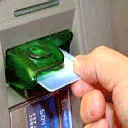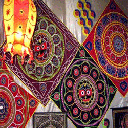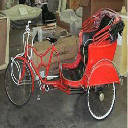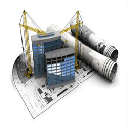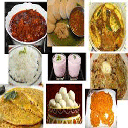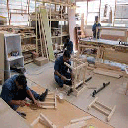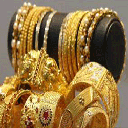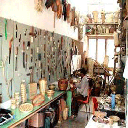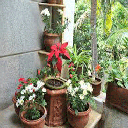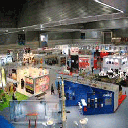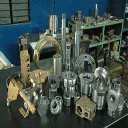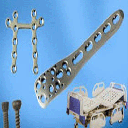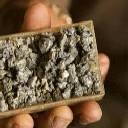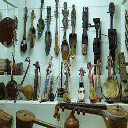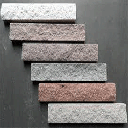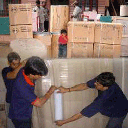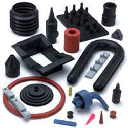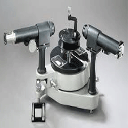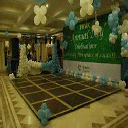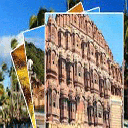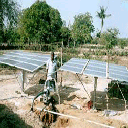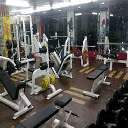53 Km from Gorakhpur, Kushinagar, one of the principal centres of the Budhist piligrime, is the place where Lord Buddha left his corporeal self and attained Maharparinivana. Kushinagar was previously known as Kushinagar, which was the capital of Malla dynasty. It was one of the famous sixteen Maharanapads of ancient India. The Chinese travelers Fa Hien and Hieun Tsang have also mentioned kushinagar in their travelogues. The credit for bringing this ancient site to light goes to General A. Cunningham and A.C.L. Carlleyle who, after excavating the site in 1861, established its antiquity for the first time. Later, between 1904 and 1912, several excavations conducted by the Archaeological Survey of India at Kushinagar confirmed its identity. The monuments of Kushinagar are clustered in three distinct groups comprising the main site at the Nirvana Temple, the central Stupa and surrounding monasteries, the Mathakuar Kot to the south-west and the Ramabhar Stupa, a kilometer to the east. Area: 6.00 sq. km. Population: 17962 (2001 census) Altitude: 100 mtrs above sea level Season: October-April Clothing: Summer - Light cotton, Winters - Woolens Language: Hindi, English Local Transport: Rickshaw/Taxi STD Code: 05564 Festival: Budhar Poornima (April-May.)
Wattthai Temple This is a huge temple complex built in the typical Thai Buddhist architectural style. Nirvana Stupa This huge brickwork stupa, exposed by Carlyl in 1876, stands at a height of 2.74 mtr. A copper vessel was unearthed at this site. It bore an inscription in ancient Brahmi, which stated that Lord Buddha's remains had been deposited here. Mahaparinirvana Temple This houses a 6.10 meter long statue of the reclining Buddha. The image was unearthed during the excavations of 1876. Carved from Chunar sandstone, the statue represents the dying Buddha reclining on his right side. An inscription below dates the statue to the fifth century. Mathakuar Shrine This shrine is about 400 yards from the Nirvana Stupa. A stone image of Lord Buddha in the 'Bhumi Sparsha Mudra' (earth touching posture) under the 'Bodhi tree' was excavated here. The inscription at the base of the statue dates it to 10th-11th century. Adjacent to this shrine, ruins of a monastery have also been discovered. Ramabhar Stupa About 1.5 km away from Mahaparinirvana Temple, this large Stupa rises to a height of 15 meters. It marks the site where the Lord Buddha was cremated. In ancient Buddhist texts, this Stupa has been referred to as 'Mukut-Bandhan Chaitya'. Chinese Temple Here the special attraction is a beautiful statue of Lord Buddha. Japanese Temple A beautiful Ashta Dhatu (eight metal) statue of Lord Buddha which was brought from Japan, can be seen here. Govt. Buddha Museum The Buddha Museum contains finds from the site excavations at Kushinagar. Open: 10:00 am. to 5.00 pm. Weekly off : Monday. Other places of interest include Indo-japanese-Sri Lankan Temples, Burmese Temple, Birla Hindu Buddha Temple, Krean Temple, Shiva Temple, Ram-Janki Temple and Meditation Park.
